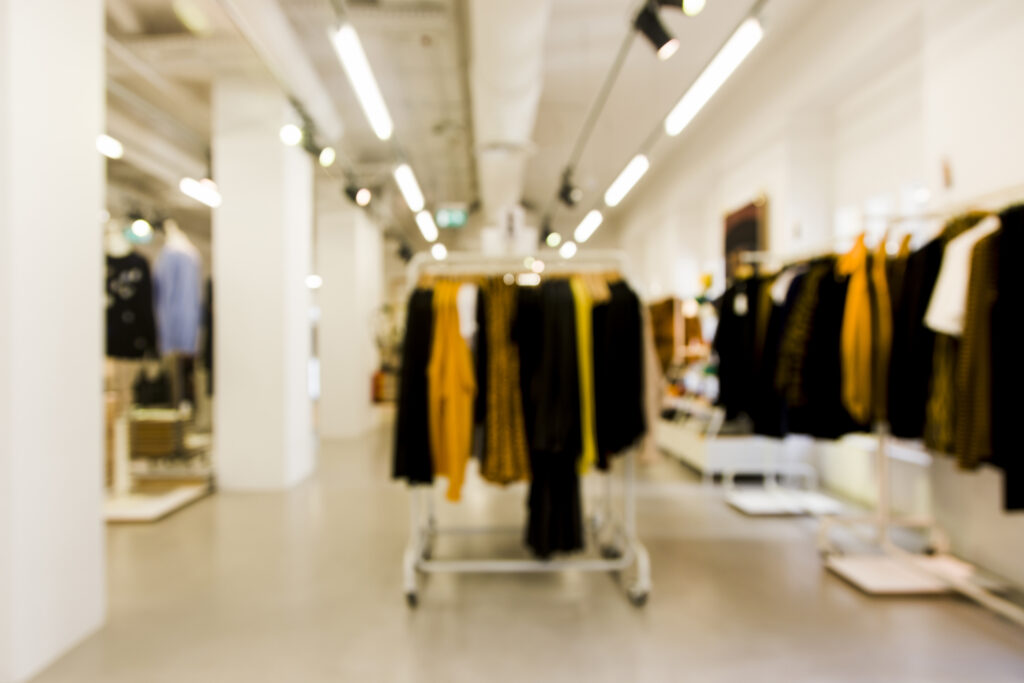Business Planning & Strategy, Financial Models
Clothing Store Business: Costs, Revenue Potential & Profitability
Clothing retail operates in a style- and season-driven consumer market characterized by strong gross margins but vulnerable to inventory mismanagement and foot traffic volatility. Profitability is not driven by square footage alone, but by conversion rate, inventory velocity, and basket size uplift. Successful operators combine curated merchandising, price-tiered inventory planning, and omnichannel sales to maintain control over margin and customer acquisition cost.
Asset Configuration
CapEx is moderate, focused on visual merchandising, fitting rooms, POS systems, and display infrastructure. A standard boutique includes 600–1,500 sq. ft. with modular displays, checkout, and changing rooms. Premium locations may include seating lounges, light refreshments, or VIP service areas.
| Asset Category | Cost Range (USD) | Notes |
|---|---|---|
| Fixtures & Displays | $20,000 – $40,000 | Shelving, racks, mannequins, signage |
| POS, Inventory & CRM Systems | $5,000 – $10,000 | Barcode scanners, integrated inventory tracking |
| Fitting Rooms & Lighting | $10,000 – $20,000 | Mirrors, spot lighting, layout optimization |
| Branding, Decor, & Flooring | $15,000 – $30,000 | Wall graphics, flooring, scent, music |
| Initial Inventory (sellable) | $50,000 – $100,000 | Mix of basics, seasonal, and high-margin items |
Total CapEx: $100,000 – $200,000, depending on store size, location type (high street vs. mall), and target demographic (fast fashion vs. premium).
Revenue Model
Revenue is transaction-based, with typical basket sizes ranging from $50–$150 depending on product mix and branding. Profitability comes from gross margin optimization (typically 55–70%), inventory turns, and repeat traffic. Additional streams may include alterations, custom pieces, or private styling sessions.
Annual Revenue Potential – 1,000 sq. ft. Urban Boutique
| Revenue Stream | Volume Assumption | Annual Revenue (USD) |
|---|---|---|
| In-Store Sales | 20,000 transactions @ $80 avg. | $1,600,000 |
| Online Sales (Click & Collect) | 4,000 orders @ $70 avg. | $280,000 |
| Styling Sessions & Alterations | 500 sessions @ $60 avg. | $30,000 |
| Accessories & Add-ons | $1,000/week avg. | $52,000 |
| Total | $1,962,000 |
High-traffic concept stores in premium retail zones can surpass $2.5M/year, especially with strong digital channels. Poorly merchandised or seasonally imbalanced stores often underperform below $400K–$600K/year.
Operating Costs
Labor is moderate—mostly retail associates and a store manager. COGS remains the primary cost driver, followed by rent, returns, shrinkage, and marketing. Efficiency depends on sell-through rates and markdown control.
| Cost Category | Annual Cost (USD) |
|---|---|
| Cost of Goods Sold (COGS) | $690,000 – $980,000 |
| Staff Wages + Payroll Tax | $290,000 – $350,000 |
| Rent & Utilities | $200,000 – $235,000 |
| Returns, Shrinkage, Write-downs | $60,000 – $90,000 |
| Marketing (offline + digital) | $95,000 – $115,000 |
| Tech (POS, CRM, E-comm) | $35,000 – $50,000 |
| Total | $1.37M – $1.82M |
Efficient stores with high inventory turnover and strong brand engagement can maintain 25–30% EBITDA margins. Overstocked or poorly merchandised stores can fall below 10%, especially with heavy markdown reliance.
Profitability Strategies
Profitability in a clothing store is ultimately a function of inventory movement, pricing discipline, and customer retention. The core challenge is managing style volatility while maximizing full-price sell-through.
Start with SKU-tiered inventory management, segmenting merchandise into core basics, high-margin seasonal styles, and limited-edition scarcity items. Basics drive volume, seasonal pieces drive margin, and scarcity products drive urgency and traffic. Use open-to-buy planning to prevent overstocking and trigger auto-reorders based on sales velocity.
Staff must be trained as sellers, not clerks. Push multi-item baskets through cross-merchandising (“complete the look”) and guided shopping. Use CRM to personalize follow-ups, deliver exclusive previews, and re-engage lapsed customers.
Layer in events and exclusives (private shopping nights, influencer pop-ins) to increase frequency and brand affinity. Loyalty programs tied to purchase behavior—not just visit count—help defend margin without discounting.
Lastly, tightly control markdown cadence. Introduce “first markdown only” policies, use end-of-season flash sales to clear inventory rapidly, and never allow discounts to erode brand positioning. High-turnover, low-return inventory is more valuable than high-margin, stagnant stock.
So what?
A clothing store is not just a product display—it’s an inventory-velocity and experience-optimized cash engine. Profitability depends on SKU strategy, per-visit spend, and conversion-driven floor execution. Operators who treat retail as both logistics and lifestyle—balancing aesthetic with discipline—can achieve 25–30% EBITDA margins with $100K–$200K CapEx.

Are you considering opening your Clothing Store business? Download the comprehensive Hair Salon Business Financial Model Template from SHEETS.MARKET to simplify your financial planning. This tool will help you forecast costs, revenue, and potential profits, making securing funding and planning for success for your Clothing Store business easier.



